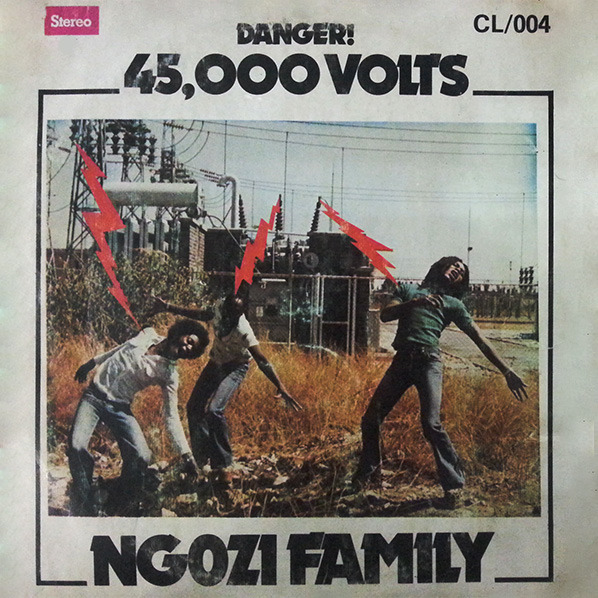The Aug. 8 edition of Greasy Tracks featured a special on Zamrock.
Click here to check it out, while a playlist is here.
Tracing its roots to Zambia’s mineral-rich Copperbelt Province in the 1950s where northern singers Stephen Tsotsi Kasumali, William Mapulanga and John Lushi were based, the genre is a hybrid of traditional African rhythms and Western influences stemming from funk and psychedelic rock.
It was in the early 1970s, less than a decade since Zambia — once Northern Rhodesia — came into its post-colonial period after gaining independence from the United Kingdom in 1964, that Zamrock started to gain attention.
One of the people responsible for Zamrock was Kenneth Kaunda, the first president of Zambia who happened to be an amateur musician. In the first years of his tenure, Kaunda passed a law that at least 95 percent of the music on the radio in the country had to be of Zambian origin.
Key musicians in this new, very unique form of music included guitarist Rikki Ililonga who led the band Musi-O-Tunya (MOT) and Paul Dobson Nyirongo — best known as Paul Ngozi — who fronted the Ngozi Family. MOT was based primarily in Kenya for periods of time.
As a player, Ngozi had some obvious Hendrixian influences, down to his stage antics of occasionally playing with his teeth.
Another important performer was Emanyeo “Jagari” Chanda, the lead singer for one of the top Zamrock bands, WITCH (We Intend To Cause Havoc). WITCH played especially heavy music, boosted by an array of electronic effects and the fuzz guitar of Chris “Kims” Mbewe.
Chanda garnered the nickname when crowds compared him to Rolling Stones singer Mick Jagger, but not wishing to be likened to the Stones, he tweaked the moniker, combining it with “jaggery” — a type of dark sugar.
Italian journalist/documentarian Gio Arlotta, who traveled to Africa with Tim Spreng to make We Intend To Cause Havoc chronicling Chanda’s life, summed up the genre: “What’s special about Zamrock is how heavy it sounds,” Arlotta said. “Nigeria has more funk. Mali is more bluesy, Ethiopia is more jazz. In Zambia they just loved Black Sabbath, Grand Funk Railroad, Deep Purple, Jimi Hendrix. It’s proto-metal, proto-punk — a dirty sound that you can’t hear anywhere else in Africa.”
Other Zamrock bands that turned heads and caught ears included Amanaz, The Foot Steps, 5 Revolutions, The Peace and Salty Dog
Social themes were central for the majority of the material recorded and performed by Zamrock bands as Zambia, one of the world’s largest producers of copper, enjoyed strong economic times in the opening portion of its first decade of independence, but quickly fell on hard times as the 1970s progressed.
Despite the immense pool of talent and potential for numerous Zamrock bands, the “glory days” of the genre were short-lived and lasted less than a decade. In the 1980s, Zambia was handicapped by a horrible economy compounded by the HIV/AIDS epidemic from which the country has never recovered. WITCH was the hardest hit with every member, minus Chanda, dying from AIDS.



